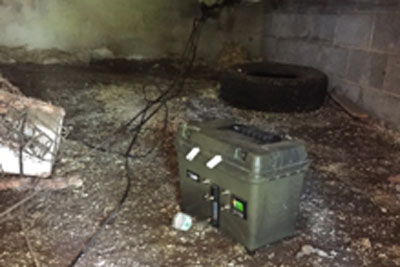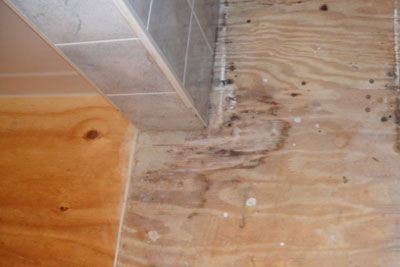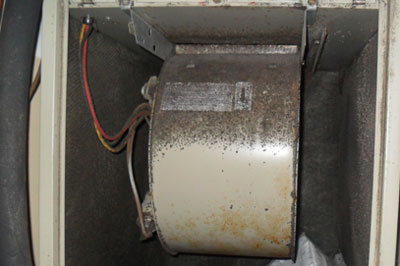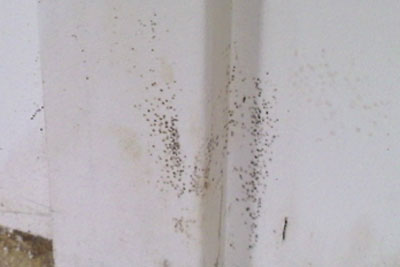Mold
We can help you to initially determine if you have a mold issue and then check after any necessary mold cleanup is complete so your home or business is a healthy and safe environment.
You may have a mold problem if …
- You recently had water damage that was not properly dried.
- You have discoloration or “black mold” spots on walls, ceiling or carpeted surfaces.
- You have areas on walls or ceilings that look like bubbles coming up under the paint.
- You notice a damp, musty odor in a room.
- You have areas of persistent high humidity, or unrepaired water leaks/infiltration in your home.
- You suffer from unexplained frequent respiratory illness; or constant allergy, cold, or flu-like symptoms.
Services We Provide
- Initial commercial or residential mold inspections, including digital photo documentation, assessment, and a written report outlining our findings.
- Indoor air quality assessment, including comprehensive mold spore sampling and testing.
- Mold remediation project consultation.
- Post remedial site inspections, including digital photo documentation, assessment, and a written report outlining our findings.
Asbestos
- Initial asbestos inspections and sampling
- Post abatement asbestos clearance checks
- Sampling services








